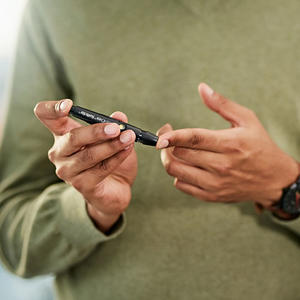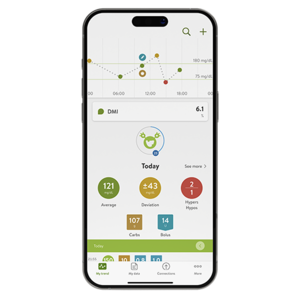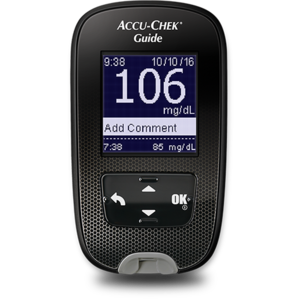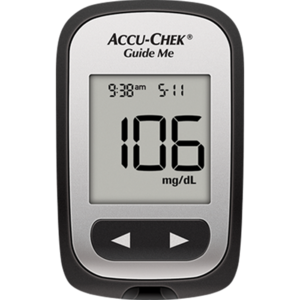Gender differences in diabetes do exist, but it’s important to be proactive about your health no matter your gender. Focus on living a healthy lifestyle and working with your care team to manage your diabetes. Get active, eat a healthy diet, and follow your treatment plan. This will help reduce the risk of diabetes-related complications.
1Kautzky-Willer, Alexandra et al. “Sex differences in type 2 diabetes.” Diabetologia vol. 66,6 (2023): 986-1002. doi:10.1007/s00125-023-05891-x Accessed August 09, 2024
2Kautzky-Willer A, Harreiter J, Pacini G. Sex and Gender Differences in Risk, Pathophysiology and Complications of Type 2 Diabetes Mellitus. Endocr Rev. 2016;37(3):278-316. doi:10.1210/er.2015-1137 Accessed August 09, 2024
3Logue J, Walker JJ, Colhoun HM, et al. Do men develop type 2 diabetes at lower body mass indices than women?. Diabetologia. 2011;54(12):3003-3006. doi:10.1007/s00125-011-2313-3 Accessed August 09, 2024
4U.S Centers for Disease Control and Prevention. Diabetes and Women. Available at: https://www.cdc.gov/diabetes/risk-factors/diabetes-and-women-1.html Accessed August 09, 2024.
5American Heart Association. Why are women with diabetes at greater risk for poor heart health? Available at: https://www.heart.org/en/news/2019/05/14/why-are-women-with-diabetes-at-greater... Accessed August 09, 2024.
6Gibson, A. A., et al. (2024). Sex differences in risk of incident microvascular and macrovascular complications: a population-based data-linkage study among 25 713 people with diabetes. Journal of Epidemiology and Community Health. doi.org/10.1136/jech-2023-221759. Accessed August 09, 2024
7U.S Centers for Disease Control and Prevention. Diabetes and Polycystic Ovary Syndrome (PCOS). Available at: https://www.cdc.gov/diabetes/risk-factors/pcos-polycystic-ovary-syndrome.html Accessed August 09, 2024.
8Elyasi F, Kashi Z, Tasfieh B, Bahar A, Khademloo M. Sexual dysfunction in women with type 2 diabetes mellitus. Iran J Med Sci. 2015;40(3):206-213. PMID: 25999619 Accessed August 09, 2024
9American Diabetes Association. Sex and Diabetes. Available at: https://diabetes.org/health-wellness/sexual-health/sex-diabetes Accessed August 09, 2024.
Siddiqui MA, Khan MF, Carline TE. Gender differences in living with diabetes mellitus. Mater Sociomed. 2013;25(2):140-142. doi:10.5455/msm.2013.25.140-142 Accessed August 09, 2024






